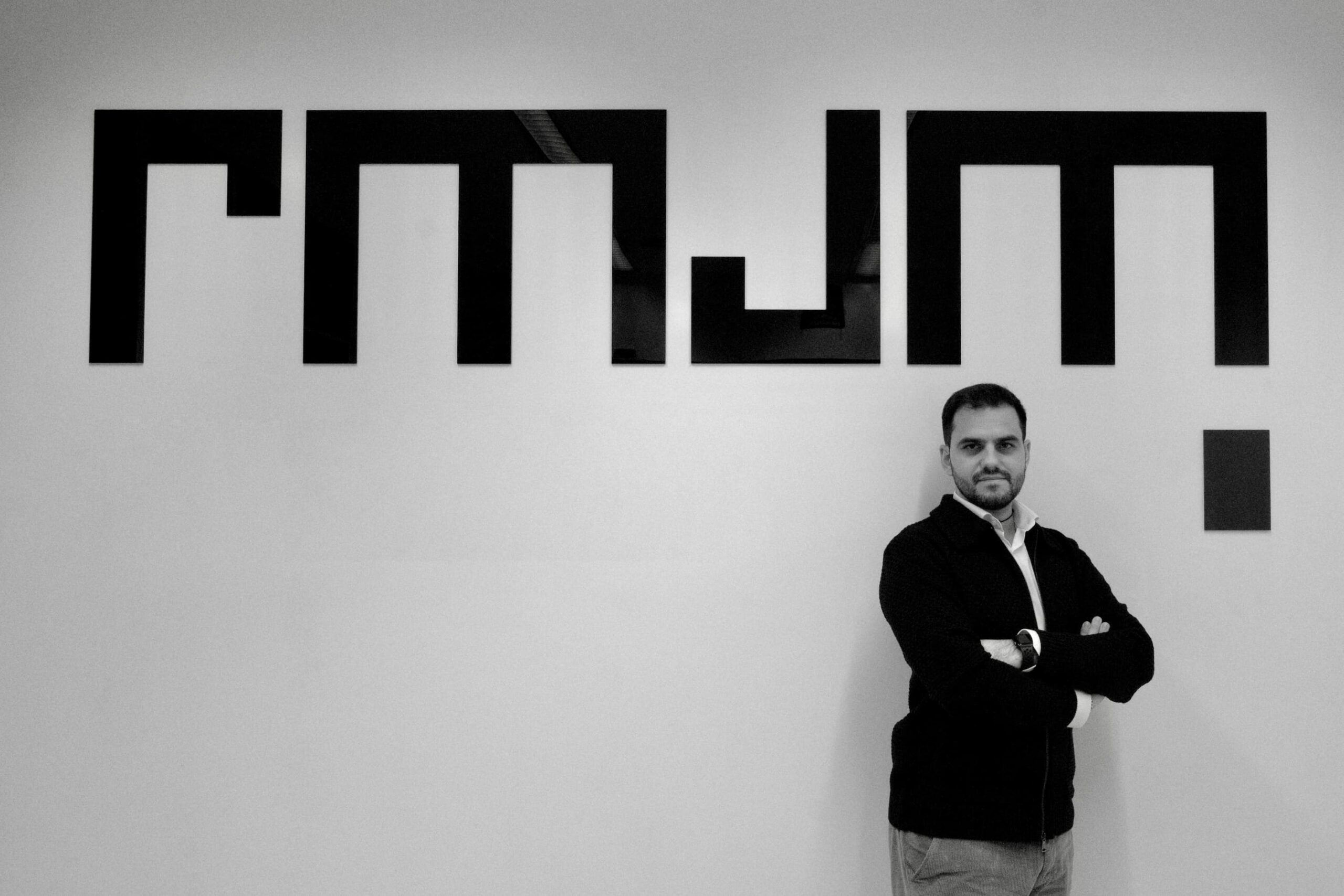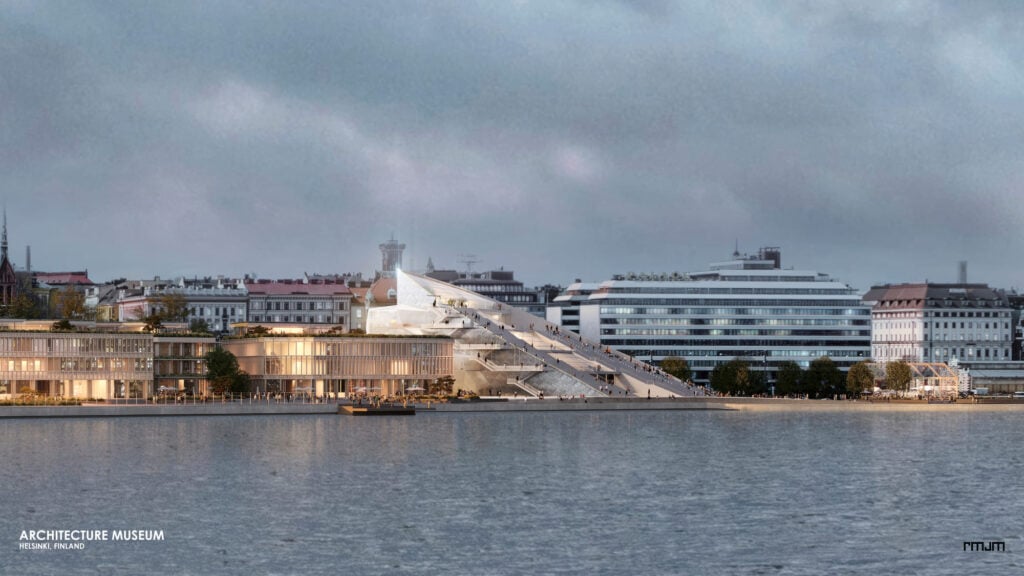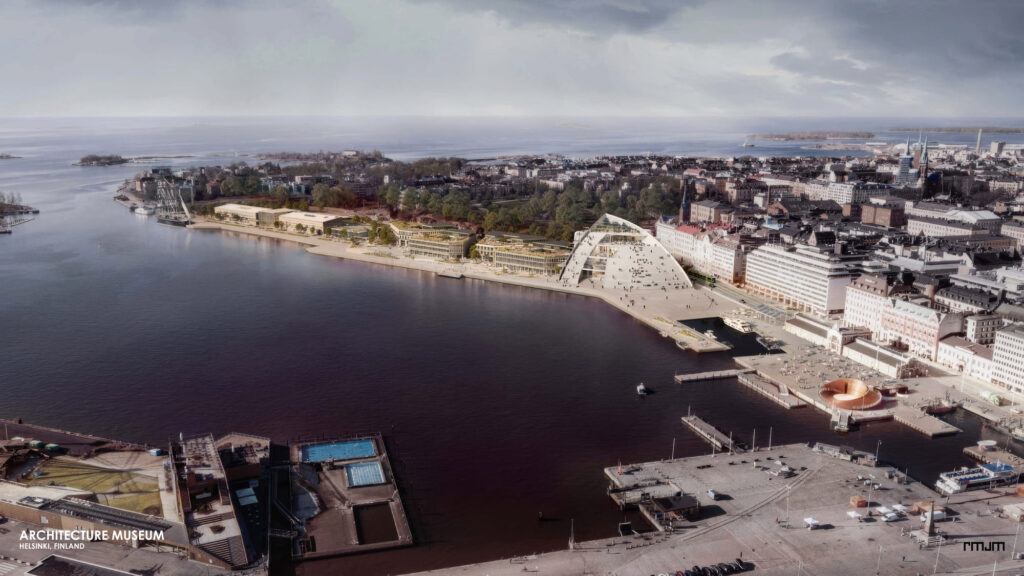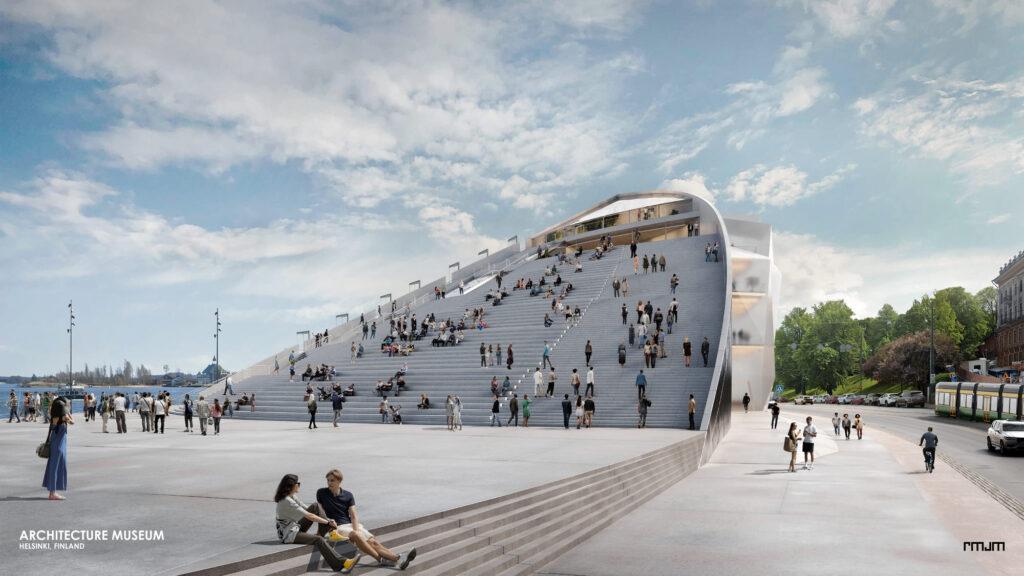What initially drew you to RMJM, and how has the studio’s approach to design shaped your perspective?
What young architect wouldn’t be drawn to the opportunity to participate in the design of some of the most fascinating and significant projects in contemporary architecture? I believe no one… and I certainly wasn’t any different. Starting my professional journey at RMJM meant seizing the chance to confront a side of architecture that was still unknown to me, only imagined: a world I had seen only in books and magazines, a world that until recently seemed like a distant ambition. Accepting this challenge meant, for me, also taking on the most ambitious professional challenge of my career. RMJM has given me the chance to work on projects that will likely go down in the history of architecture—works that the whole world will recognise, projects that will still be discussed in the future. RMJM has broadened my horizons, enriched my perspectives, heightened my ambitions, and opened my eyes to a world I had always dreamed of but had never truly experienced. But perhaps the most important thing is that, thanks to this new world, thanks to my journey at RMJM, even the very meaning of architecture is changing for me, evolving into something ever deeper.
Can you highlight a project that challenged you creatively or pushed you outside your comfort zone?
Shortly after embarking on my journey at RMJM, I found myself facing my first major challenge. Our studio participated in one of the most prestigious architectural competitions, not only in Europe but globally: the design of the new Finnish Museum of Architecture and Design in Helsinki. With 623 architecture firms from all over the world in the running, the competition was of the highest level. This project deeply engaged me, pushing me to step outside my usual patterns and think in completely new ways for several reasons. The challenge lay in confronting a type of design I had never encountered before, one that required significant effort. It was essential to think big, to think beyond the ordinary, to imagine a building meant to endure through time, to become a symbol not just for Helsinki and Finland, but for the entire world of architecture. The uniqueness of this project also lay in the essence and meaning it was supposed to convey. One of the greatest challenges was precisely this: never losing sight of the fact that our project had to evoke emotion in anyone who saw it, to transmit strong and lasting sensations. The design of a museum, both functional and rational, had to blend with the emotional dimension, creating a space that was more than just a building. Our final design was a unique structure with a strong identity: a place conceived to embrace both architecture and design, but also the emotions of the people who would experience it, inside and out. A cultural bridge between the city and culture, an element of connection between everyday life and the depth of the cultural experience. Although our project was not selected among the five finalists, the satisfaction I felt was immense. This experience, even though it didn’t lead to the desired outcome, taught me a great deal and will be crucial for my professional growth.
How do you navigate the balance between creative ambition and real-world constraints in your work?
I believe that a good architect is someone who is able to maintain this balance and make seemingly contrasting elements coexist. Our work must be able to listen to the real world and translate it into forms. What may initially appear as a constraint or obstacle in daily life should be utilised and shaped so that it becomes a distinctive feature of our final product. The creative ambition of an architect must be capable of understanding the needs and necessities of the real world, in order to make architecture a “res omnium”, a good accessible to all. Architecture should be a reflection of the real world, yet at the same time, it must have the ability to improve it.
Have there been any mentors or pivotal conversations that have shaped your growth at RMJM?
Within RMJM, there is certainly no shortage of opportunities to engage with professionals from diverse backgrounds, experiences, and cultures, all of whom contribute to my growth both personally and professionally. Two such individuals are undoubtedly Luca and Abhinav, both partners in RMJM.. Their experiences, approach to architecture, and vision have had a significant impact on my professional profile. One of the phrases Luca often repeats to me is: “We do architecture to improve people’s lives.” It’s a simple statement, yet it contains a fundamental key to understanding our work. I am striving to make it my own, to continually improve myself, and to optimise the efforts I dedicate to my work. Abhinav, on the other hand, believes that “Architecture is where innovation meets intuition, where technology embraces artistry, and where spaces transcend function to evoke emotion.” In other words, architecture is the art in which creativity, technology, and emotion merge into one. The strength and harmony of these two phrases have become an inexhaustible source of inspiration for me, offering new ways to view and interpret architecture. I am confident that, over time, RMJM and my career will offer further opportunities to meet people who will continue to help me grow, shape, and refine my professional identity.
As you step into your second year, what excites you most about the opportunities ahead?
This beginning of my second year at RMJM represents an opportunity for growth, both personally and professionally. Our team is becoming increasingly cohesive, and this is reflected in the more ambitious projects we are tackling together. The experience I gained in my previous years and during my first year at RMJM has allowed me to develop skills and knowledge that I hope will help me face increasingly challenging and exciting tasks. I am aware that my journey of growth and improvement is far from over; in fact, I believe I still have much to give and learn within the field of architecture. My current goal is to become a good team leader and project leader, so I can be a point of reference for anyone I work with. As Luca said, I hope that my experience and my approach to architecture will one day help improve not only my life but also the lives of those I work with.
How has your vision and approach to architecture changed in this first year at RMJM?
Personally, I believe that architecture should represent a means of expression and communication, but at the same time, it must also be a response to people’s needs. Anyone who has the opportunity to ‘experience’ architecture should be able to feel something, to experience emotions. I believe the architect’s task is precisely to channel the emotional aspect of people into something tangible, to transform the immaterial into the material. Architecture, initially viewed as a simple aesthetic expression, has now become for me a true language through which we can tell stories, shape emotions, and address the needs of people and our time. It is no longer just an act of construction, but an act of communication with the environment, with the community, and with the culture around us. Every project I’ve had the opportunity to observe and contribute to at RMJM has shown me how architecture is an act of responsibility: not only towards the present but especially towards the future, towards the generations who will inherit the spaces we are creating. Over time, my perspective on architecture has become more conscious, more reflective, and increasingly focused on shaping spaces that have a true social and cultural function.





